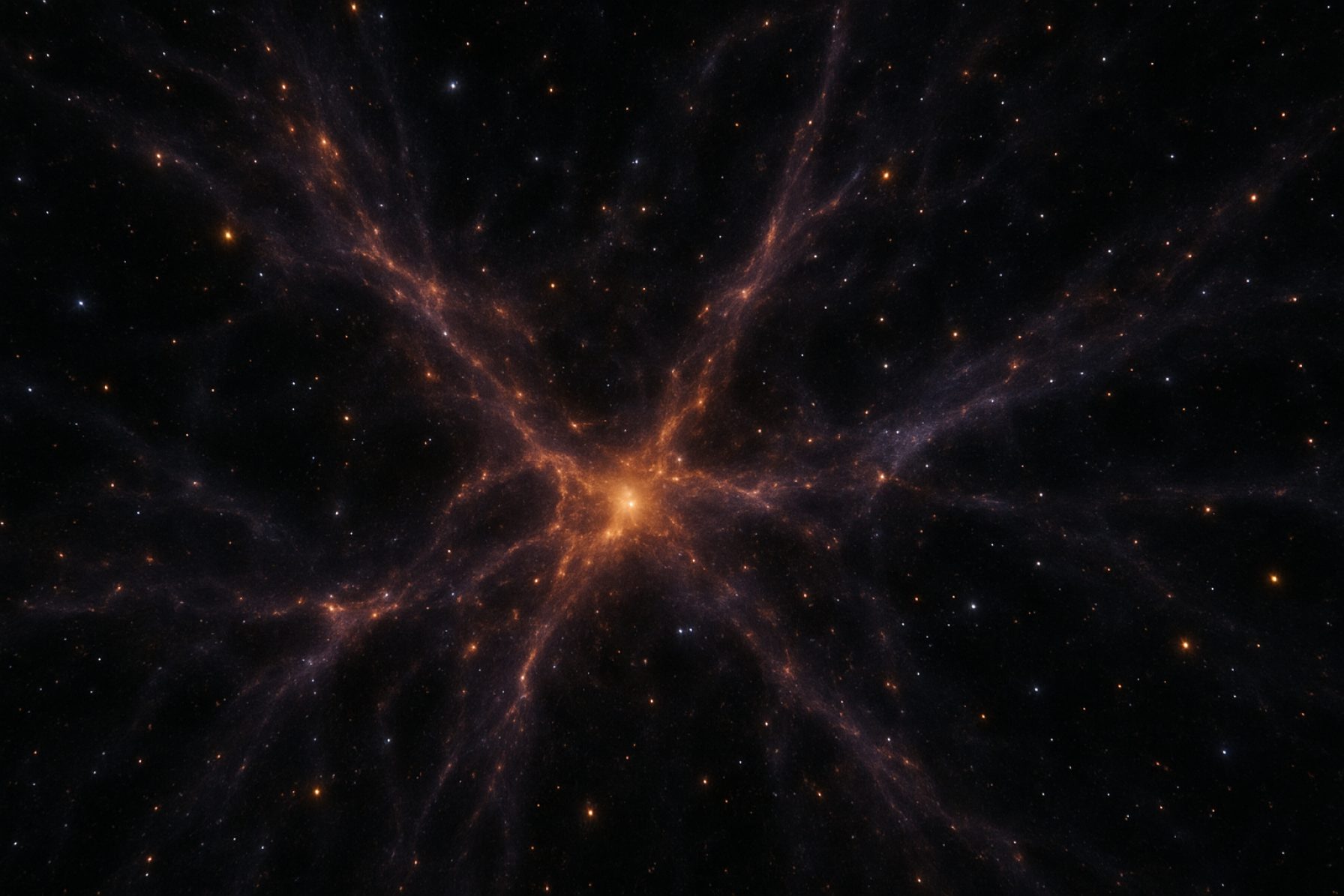James Webb Telescope Uncovers Explosive Truth Behind Galaxy Formation: Universe Evolved in Wild Bursts, Not Slow Progress
The James Webb Space Telescope reveals the universe’s wild early days, upending NASA’s old theories about how galaxies formed and evolved.
| 1,700+ newly discovered galaxy groups |
| 12+ billion years of cosmic evolution revealed |
| JWST’s deepest-ever galactic survey to date |
Get ready to rethink everything you know about how the universe began. For decades, NASA scientists believed galaxies formed gradually and quietly. But thanks to the game-changing James Webb Space Telescope (NASA), a new, electrifying vision is emerging. Our universe, it turns out, exploded into existence in dramatic fits and starts—far messier and more chaotic than anyone dared imagine.
Q: What Did JWST Reveal That Changes Everything?
The James Webb Space Telescope, humanity’s most powerful eye on the cosmos, has turned its gaze billions of years into the past. Astronomers recently published a stunning deep survey in Astronomy & Astrophysics, unveiling nearly 1,700 massive groups of galaxies. This is the largest and deepest such sample ever detected.
The images expose the universe’s “awkward teenage phase”—far from still or serene, galaxies from over 12 billion years ago looked chaotic and clumpy. These ancient formations are wild, energetic, and bursting at the seams with newborn stars.
How Were Galaxies Born: Chaotic Beginnings or Peaceful Growth?
Think childhood fireworks, not a quiet sunrise. Early galaxies were jagged, gas-rich, and brimming with star-making material. They merged and collided, constantly changing, as if the universe itself couldn’t sit still. Scientists now believe these cosmic pileups forged today’s majestic spirals and ellipticals.
Unlike the calm, settled galaxies we see today, these early structures were anything but neat. They grew through epic collisions—smashing together, pulling in gas and smaller galaxies to create the sprawling star cities lighting up our skies.
Q: When Did the Universe “Grow Up”?
About a billion years after this wild beginning, galaxies started to settle. The chaos cooled. Giant mergers and violent bursts of starbirth slowed. Order emerged from disorder, as galaxies transformed into the familiar shapes—spirals and smooth ovals—we see in telescopes like Hubble.
Galaxies used up their gas, star formation slowed, and those once-clumpy galaxies matured. This cosmic coming-of-age is written across the night sky, with our own Milky Way a prime example.
How Do Dark Matter and Black Holes Hold Sway?
The true architects of this transformation may be invisible. Dark matter’s relentless pull and the mighty forces of supermassive black holes sculpted the fates of galaxies. Dark matter drew galaxies together, weaving the “cosmic web.” Meanwhile, black holes at galactic centers heated up and sometimes blew away the gas, shutting down the frantic baby-boom of new stars.
Thanks to JWST’s ultra-deep images, scientists are now piecing together how these hidden forces shaped our cosmic family tree, from the universe’s unruly youth to its spectacular present.
For more on dark matter physics and deep space discoveries, check out ESA and Space Telescope Science Institute.
Q: What Does This Mean for Our Understanding of the Cosmos?
This groundbreaking cosmic census is like flipping through a family album for the entire universe. Researchers can finally trace the evolution of galaxy groups—examining not just their birth, but their whole life story. Each new discovery helps answer one of science’s oldest mysteries: How did our cosmic neighborhood come to be?
With JWST’s revelations, the universe is an open book—and scientists are reading its wildest, earliest chapters for the very first time.
Ready to dive deeper? Track the next breakthroughs and stargazing moments as the JWST continues to rewrite our cosmic history!
- Follow new releases from NASA and ESA on JWST findings
- Subscribe to astronomy journals for cosmic survey updates
- Join stargazing or science clubs to discuss breakthrough discoveries
- Stay curious—exploration of our universe has just begun!



